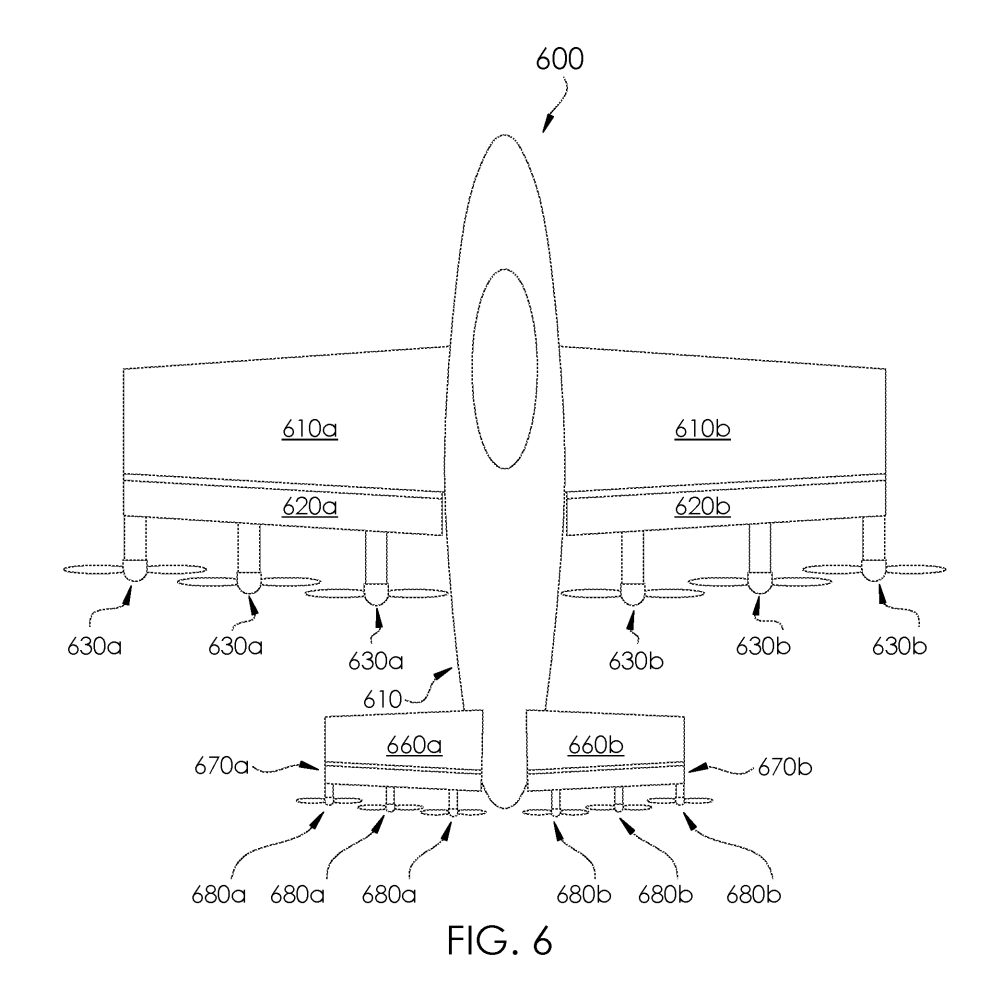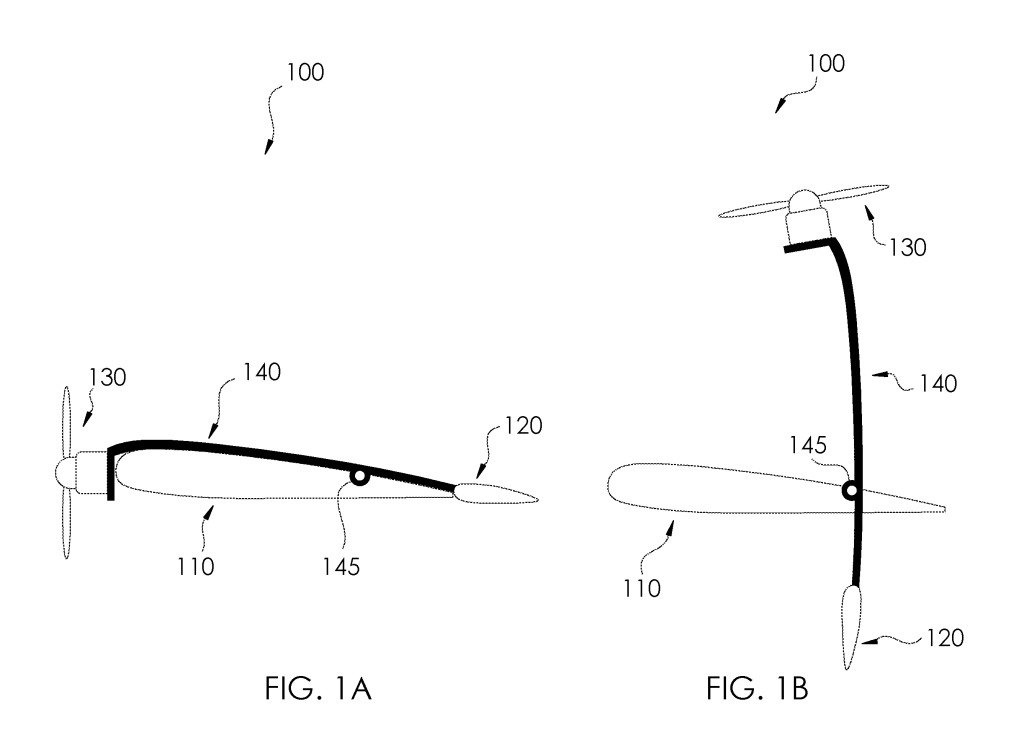
Virginia-based long-endurance tilt-wing drone specialist Advanced Aircraft Company (AAC) has been tapped by NASA to develop a UAV it has designed that pivots the propellers to shift from vertical liftoff to horizontal flight thrust in a more effective manner than existing methods used on most air taxis being developed.
The contract calls for AAC to produce a multi-rotor, tilt-wing drone built to NASA’s design, research, and other mission specifications, using an aero-activated tilt-wing configuration and electric-powered propulsion system. Created by NASA, the aerodynamically actuated thrust method of pivoting propellers for vertical to horizontal propulsions is said the be lighter and more effective than mechanism on similar craft.
At some point, the AAC-NASA drone is also expected to be transitioned into broader commercial use.
Reflecting AAC’s innovative focus in its aircraft development activities, the NASA prototype drone will similarly incorporate new approaches to the design of fuselage, propulsion, and aerodynamic concepts for defense and other government agency uses. A key objective in the project will be to enable long-endurance operation of a UAV capable of carrying multiple sensor and cargo payloads.
“Advanced Aircraft Company is proud and humbled to design and build tilt wing prototypes for the National Aeronautics and Space Administration,” AAC CEO Paul Allen. “This contract further solidifies AAC as the global leader in tilt-wing configuration uncrewed aircraft.”
In working on the NASA drone project, AAC says it will apply the agency’s unique aero-activated tilt wing configuration that removes the weight and complexity of a mechanically actuated tilt wing aircraft, thereby providing increased reliability and payload capacity.
Read: Skypersonic delivers NASA’s remotely flown drone for simulated Mars mission
The craft’s fuselage and wings will use 3D-printed materials and aluminum alloys for reduced weight, high strength, and durability. That production option also allows for faster prototyping and limited-scale manufacturing.
A detailed description of the drone AAC has been contracted to create for NASA is contained in the space agency’s US patent documentation.
A vehicle includes a wing and a control surface pivotably coupled to the wing and configured to pivot about a range of motion. A propulsor is coupled to the control surface and configured to rotate between a first position associated with a hover flight mode and a second position associated with a forward flight mode. The propulsor is aerodynamically actuated between the first position and the second position due to aerodynamics about the wing. The propulsor may rotate from an initial flight mode, such as a takeoff mode, to a second flight mode, such as a forward flight mode.

NASA’s aerodynamically actuated thrust vectoring invention, AAC says, will permit the new UAV to transition from vertical to forward movement in a manner the partners say will be superior to the pivoting mechanisms used on most craft being developed for air taxi use.
“Aero-activated tilt wing configurations offer benefits over conventional configurations, but also introduce significant design challenges,” explains Bill Fredericks, chief technology officer of AAC. “Careful design of the center of mass location of the wing body, aerodynamic center of the wing body, and attachment points to the fuselage are critical for establishing a stable equilibrium point to ensure safe and reliable operation.”
FTC: We use income earning auto affiliate links. More.



Comments